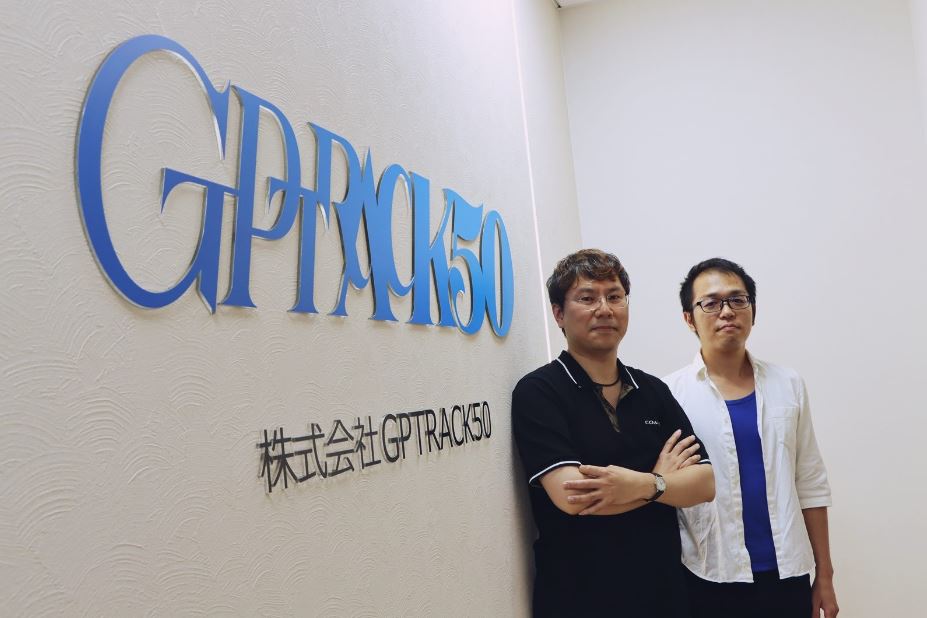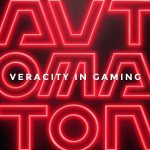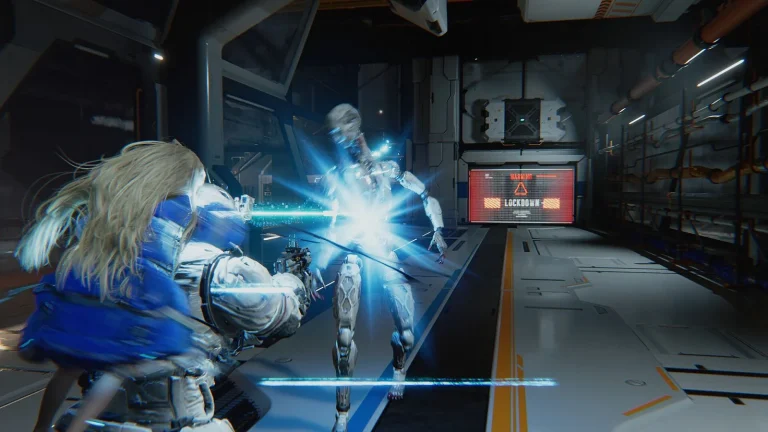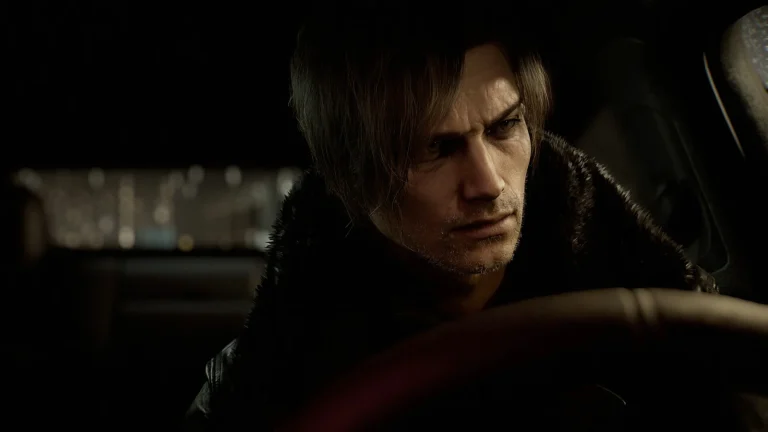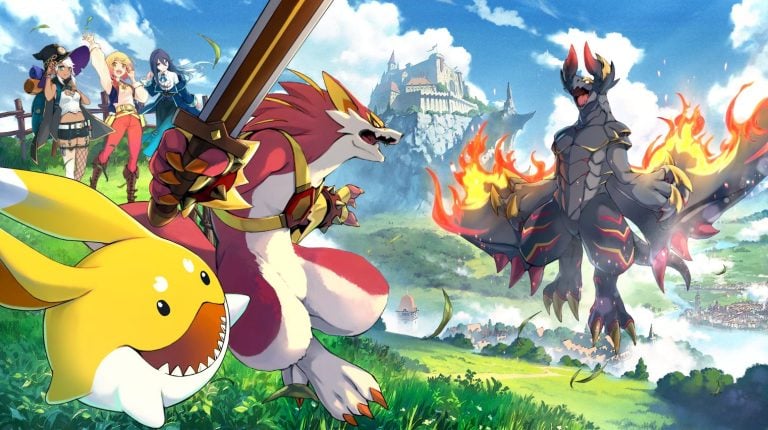GPTRACK50 is a game studio fully funded by NetEase Games. The company was established by veteran producer Hiroyuki Kobayashi of Dragon’s Dogma and Devil May Cry fame. The new studio is currently working on its first title – a 3D action RPG that is set to be officially announced in 2025.
As GPTRACK50 recently celebrated its 2nd anniversary, AUTOMATON talked to Kobayashi and lead engineer Shinya Shigeyoshi about the studio’s approach to development and what we can expect from their upcoming game. This interview follows on from our previous talk with Hiroyuki Kobayashi.
Engineers who want to make programs vs engineers who want to make games
―Please introduce yourselves.
Hiroyuki Kobayashi (hereafter Kobayashi):
I’m Hiroyuki Kobayashi, studio GPTRACK50’s representative. I originally worked for Capcom, but resigned and established GPTRACK50. The studio marked its second anniversary just recently, on October 1.
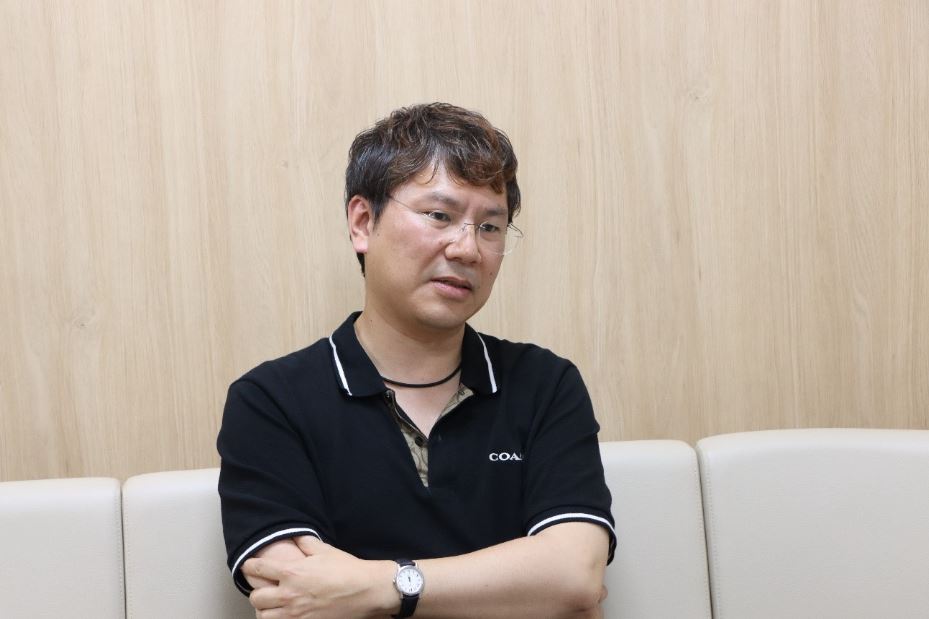
Shinya Shigeyoshi (hereafter Shigeyoshi):
I’m Shinya Shigeyoshi, and I’m the lead engineer of the new title we’re currently working on at GPTRACK50. I initially joined Capcom in 2006 as a programmer and got put on Kobayashi’s development team for Devil May Cry 4 – this was how my career started. From there, I worked on the enemies and playable characters for Kobayashi’s Sengoku Basara: Samurai Heroes and later became the lead programmer for Sengoku Basara 4. I also worked on Sengoku Basara 4 Sumeragi and Mega Man 11.
Just as I was considering changing jobs, Kobayashi reached out to me. I decided to join GPTRACK50 because I was attracted by the idea of working on a new action game and new characters.
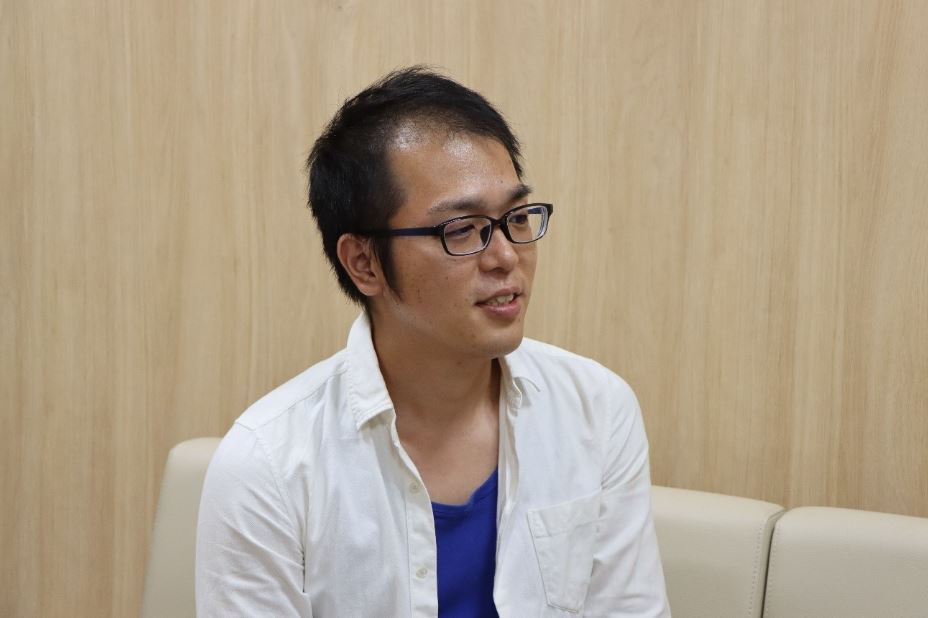
―What kind of programmer is Shigeyoshi in your eyes? (to Kobayashi)
Kobayashi:
He’s an outstanding programmer, and he’s been at it for a long time. There are all kinds of engineers out there – those who want to make programs, and those who want to make games – but Shigeyoshi is the latter. He wants to make games, that’s why he’s the kind of programmer who becomes a valuable asset to the director and game designers.
Shigeyoshi doesn’t outright reject proposals – he thinks about things and makes his own suggestions and workarounds, so he’s the type of engineer that game designers love.
―So, you tend to put everything towards completing the game, rather than focusing on personal tasks as a programmer? (to Shigeyoshi)
Shigeyoshi:
Yes, for me, it’s about making games, rather than writing programs. The reason I chose to become a programmer in the first place was because I wanted to make games. Since I was bad at art, I considered becoming either a planner or a programmer – and the latter felt more hands-on, which is why I ultimately chose it.
Kobayashi:
I became a programmer for the same reasons. Like Shigeyoshi, I’m not good at making art, and I’m not well fit to be a planner. But I was good at programming, and wished to dabble in 3DCG, which is why I joined Capcom as a programmer, although I quit being one almost immediately (laughs). I think Shigeyoshi and I share the tendency of prioritizing the completion of the whole project.
GPTRACK50’s team is made up almost entirely of seasoned veterans
―Can you tell us about how experienced your development team members are?
Shigeyoshi:
People with over 15 years in the industry make up the overwhelming majority of the team. It’s basically full of veterans. I think that this is precisely why we’re so passionate about working on a completely new IP. [At my previous job] I had fewer and fewer opportunities to work on new IPs, and when making sequels, there wasn’t much room to do new things.
In this sense, it was hard to get a chance to challenge myself. Although my goal is to make games, this doesn’t mean I want to keep making nothing but sequels. I think GPTRACK50 has put together a team of people who feel the same way.
―It sounds like you’re highly motivated.
Shigeyoshi:
Yes, everyone is very motivated. I digress a bit, but there are also many people on the team who are married and have families. Kobayashi’s policy for the company is that family comes first, allowing people to prioritize their children and special events, so I think this might be another factor contributing to the high level of motivation.
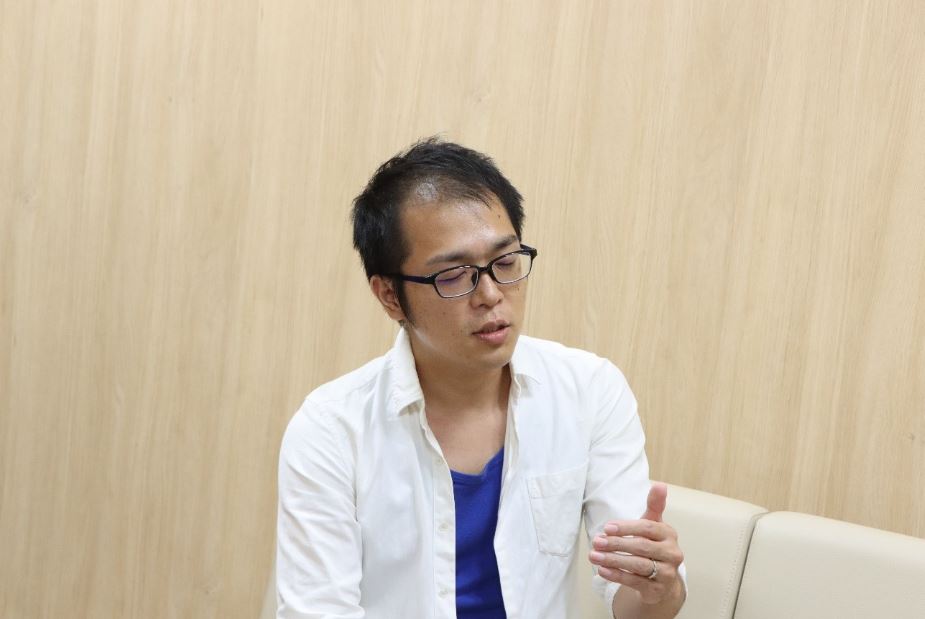
Kobayashi:
Please don’t miss your kids’ school entrance and graduation ceremonies (laughs).
Shigeyoshi:
I just went to a parents’ day event today.
―That’s a coincidence!
Shigeyoshi:
I worked from home in the morning, went to the parents’ day to see my kid all embarrassed, and then headed to the office in the afternoon.
Kobayashi:
Game development is flexible, and when I first established GPTRACK50, I decided to follow a family first policy. The reason for this is that fathers are blamed when they’re not able to put their families first. But when you take care of your family, you get praised, you become a good father. This makes your life easier both at home and in the office. This is why we put family first. When establishing the studio, I thought that not doing so would affect the team’s work.
―It’s hard to come out and say “I’m going to prioritize my kids’ school events” if no one around you is doing so, after all…
Shigeyoshi:
Exactly. We have many team members with similar circumstances, which makes it easier to do so. We’re also pretty heated about our game, and everyone tends to get absorbed in development work, so taking out the time to go to your kid’s event at school helps balance things out.
―So, you have a sense of urgency about your game, but you’re still keeping a healthy balance.
Kobayashi:
I feel very confident about the abilities of my team, and I’m confident in how good our game is shaping up to be. That’s precisely why I want them to be balanced so they can keep performing their best.
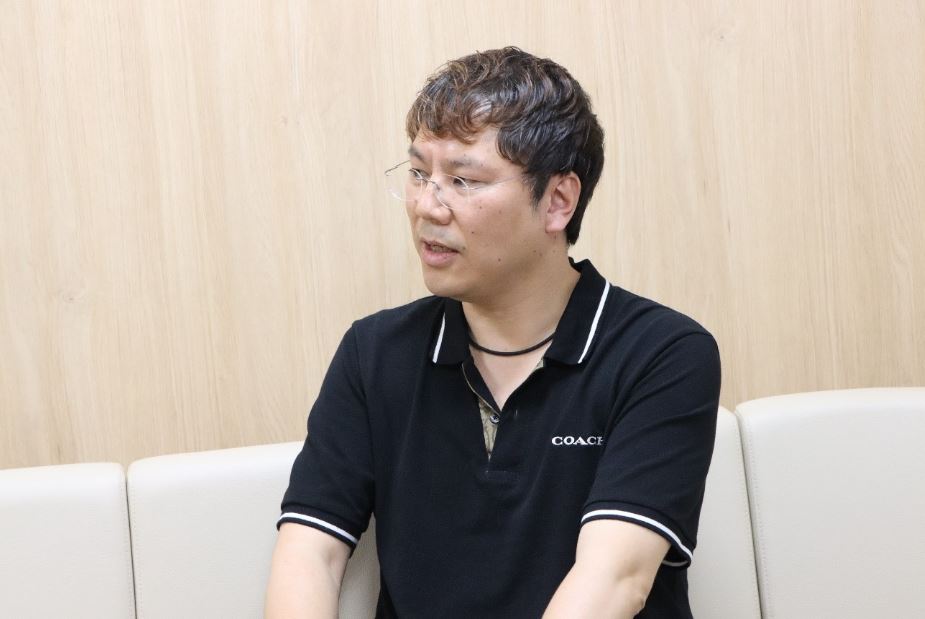
Animators experienced in action games are surprisingly hard to come by
―I’ve heard that you have between 20 and 30 people on board, but what would you describe as the teams’ strengths?
Shigeyoshi:
In terms of what’s unique to us, we have a lot of people who are experienced in action games. Myself included, we have many developers on board who have worked on core aspects of action games, such as making playable characters and enemies. Everyone also has their own quirks and things they’re meticulous about when it comes to action games.
Kobayashi:
Our studio’s strength is definitely action game development. All of our members are very experienced in making action games – especially the battles.
―What would you say is your weakness then? Or something you would like to reinforce.
Kobayashi:
This is something essential when making a game, but we currently don’t have a sound engineer. Also, we don’t have enough animators (laughs). We’re enthusiastically hiring.
―I’m a bit surprised that you’re short on animators. I had the impression that they are quite abundant in the industry.
Kobayashi:
We have some special circumstances regarding that.
Shigeyoshi:
I think the requirements we have for 3D action game animators may be high, which probably comes from our years of working on action games.
Kobayashi:
There are many animators who can make choreography-like sequences in which characters don’t come into contact with each other and their movements are just coordinated using timing. However, there are very few animators who can make characters actually come into contact with each other in real time. The kind of action animation where the playable character is palpably coming into contact with the enemy is very difficult to pull off. We want to make something new, and we want to make it entertaining
―Moving on to the game you’re working on, what kind of mechanics are you particularly focusing on?
Shigeyoshi:
I’m not sure how much I’m allowed to tell you at this point, but as we’ve revealed, it’s an action RPG, which I think will come close to Capcom titles in terms of the quality of the 3D action. The game’s strategy, game loop and similar aspects are shaping up into something we can be confident about.
Kobayashi:
Also, as I’ve mentioned in interviews so far, it is not an open world game. It revolves around a cycle of the protagonist going up against enemies and progressing to the next area, so the overall composition is easy to imagine.
Shigeyoshi:
The gameplay doesn’t revolve strongly around combos either.
Kobayashi:
Also, as I’ve mentioned previously, it is unlike Devil May Cry, it’s not a “stylish” game.
Shigeyoshi:
An action game only we can make, with new characters of our own – this is the idea we’re approaching development with, so we’re feeling really motivated.
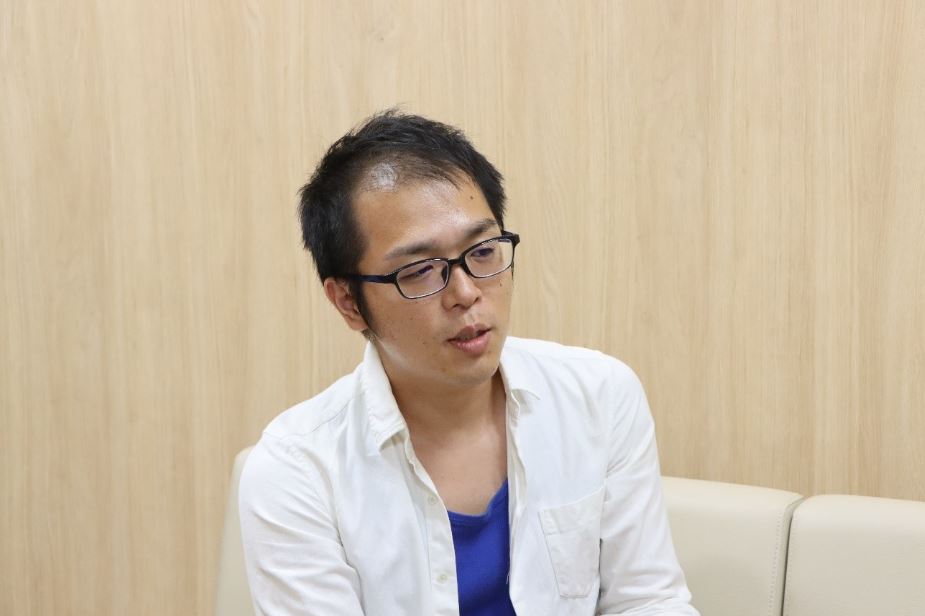
―It’s become common to look at what’s selling and trace the same steps, but you don’t seem to be doing that, are you?
Shigeyoshi:
We’re making our choices by thinking about what kind of action our game needs, and what can be done to best enhance the playing experience.
Kobayashi:
Everyone here loves action games, and we are prioritizing the idea of “providing action game players with a new action game.”
―You mentioned you’re using Unreal Engine for development. Can you tell me more about this, including what version you’re using?
Shigeyoshi:
We’re using Unreal Engine 5, version 5.3 now. We’re looking to adjust to updates on a daily basis.
Also, we’re considering using externally sold plug-ins, if there are any that suit our needs. Somewhat uniquely, NetEase Games has its group of engineers, or rather a technical center, so we actively collaborate with them and ask them to provide us with technology, such as useful tools or functions that would help make development more efficient.
Kobayashi:
That’s the good part of belonging to a group.
Shigeyoshi:
Thanks to NetEase Games helping us out with infrastructure, we’re able to focus on game development. The workload gets distributed and it’s quite a good environment to work in.
―How would you describe your studio’s development style and personality?
Kobayashi:
In terms of our development style, in contrast to studios that start from graphics, we think about the system first. The game designer comes up with the system, consults the engineers, and after a consensus is reached about what is possible to make, we move onto graphics. This method is a bit different in terms of order.
Shigeyoshi:
We start from thinking about what kind of systems and game cycle are needed to achieve the playing experience we have in mind. Then, we use commercially available models and animations to make a playable mockup, and we tweak the heck out of it. Of course, we are working on things like character designs in the meantime, but we are generally leaving graphics for later.
Kobayashi:
Normally, assets need to be taken care of first.
Shigeyoshi:
Using this method, we completed a prototype for our game in about six months. Honestly, I had never experienced this kind of speed before, so I was quite surprised. It made me wonder why we never did things this way before (laughs). I think our approach to development is quite unique in this sense.
―Did you have any concerns or hesitations about not completing the game’s graphics first? (to Kobayashi)
Kobayashi:
No, we didn’t have the staff for it anyways.
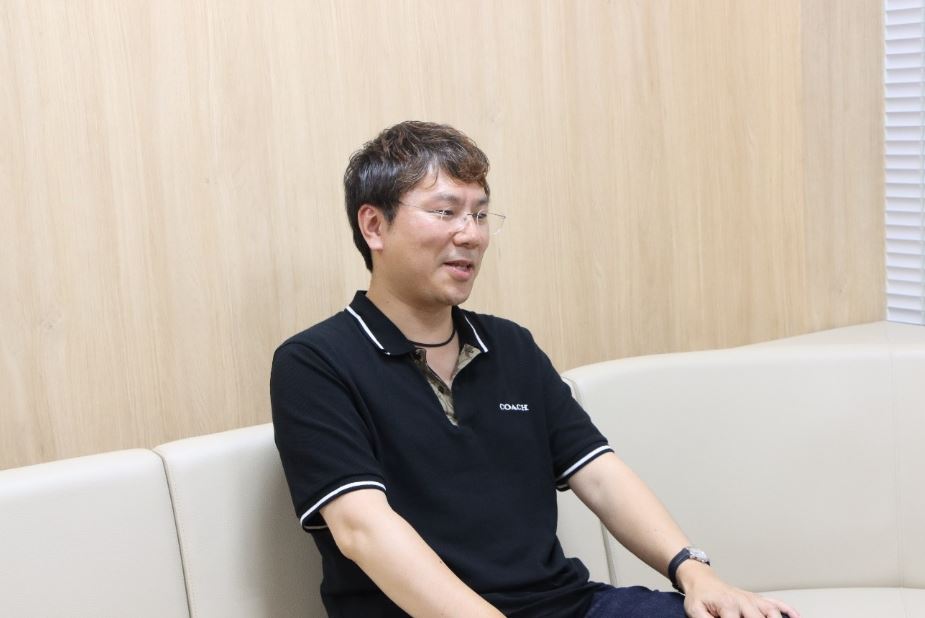
Everyone:
(laughs)
Kobayashi:
Since we didn’t have artists on board at first, the director and engineers went ahead and created the new game’s systems and verified them, which I think is a good thing actually. Otherwise, we could have run the risk of having to redo the graphics.
―The project is kind of led by game design.
Kobayashi:
Indeed, the director was originally a game designer, and the engineers are also passionate about game-making, so we kind of made the game’s insides first. If anything, we were even working on the game before creating the programing environment (laughs).
Shigeyoshi:
Personally, I’ve always wanted to do things this way. When you’re working on a new game while implementing graphics, the validation of the game inevitably slows down. That’s why I had a lot of fun finally doing things the way I wanted to.
Someone on our team once said that putting in the graphics makes the game more pleasant, but it doesn’t make it more entertaining, and I really agree with that.
A highly motivated development team full of action game enthusiasts
―What kind of graphics are you going for in your new title?
Kobayashi:
Unreal Engine is generally suited for photorealistic graphics, but our game isn’t going to be photorealistic – we’re leaving that to the big guns. We’re going for something new, which Unreal Engine is less suited for.
―So, it’s not going to be about high-fidelity graphics with glaring shaders and lighting?
Kobayashi:
Exactly.
Shigeyoshi:
We’re trying to make use of Unreal Engine’s advantages while taking things in a different direction.
―As I understand it, you have the core components of both your team and your game secured, so the next step is basically to get started on “mass production?”
Kobayashi:
Indeed, as we talked about previously, we have about 20 people on board. When we include the external companies supporting us, there’s about 100 staff on the project – so the scale is already fairly big. From here on, we will add even more people and start working on the volume-intensive parts.
Working steadily towards an announcement in 2025
―To wrap things up, do you have a message for the people waiting for your new game?
Shigeyoshi:
When I look at my career so far, I really consider the game we’re making right now to be something unique. I think it will be very entertaining from the player’s perspective, and I’m having a lot of fun working on it too, so please look forward to it.
Also, I’d like to take this opportunity to do some recruiting (laughs). Fellow engineers, if you want to work on a new game in a fun environment that allows you to express your opinions – please consider applying to our studio. Also, if you’re an animator confident in your skills as an action game animator – please reach out to us!
Kobayashi:
Our game has progressed significantly, and I’m confident in how it’s taking shape. We still have many challenges, but in a good way, this game is going to be something different from all of my previous works. I regret that I’m only able to talk about the game and can’t show you anything yet, but we’re confident that we’ll be able to make an announcement in 2025, so please keep supporting GPTRACK50. If you’re a gamer looking for a new IP in the action RPG genre, keep an eye on our future updates!
―Thank you very much for your time! Was there anything else you wanted to add?
Shigeyoshi:
No, I think we’ve talked too much, so that’s quite alright (laughs).
Everyone:
(laughs)
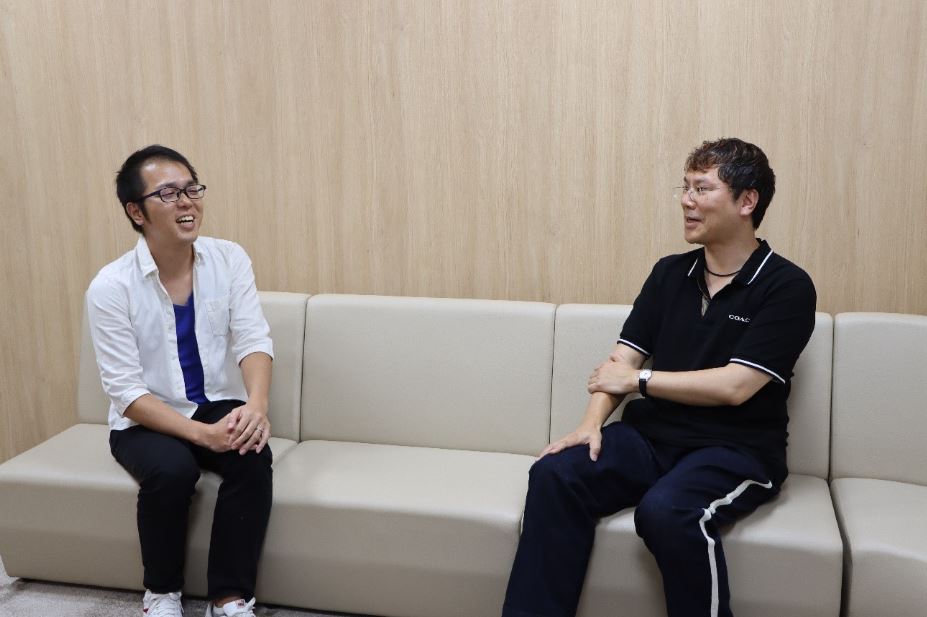
GPTRACK50 is currently developing an action RPG. The studio is hiring staff, so those interested in applying can check out the official homepage.

